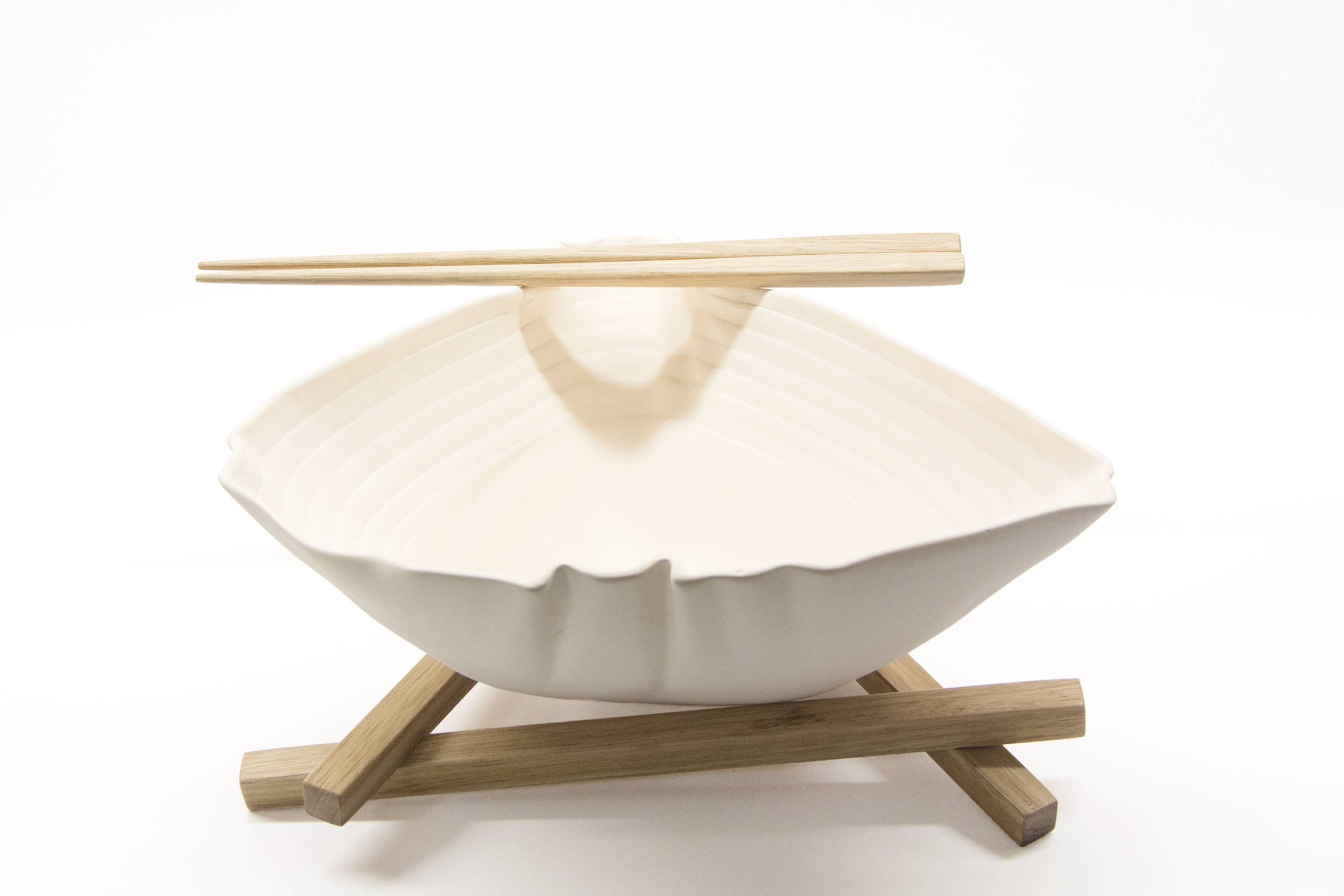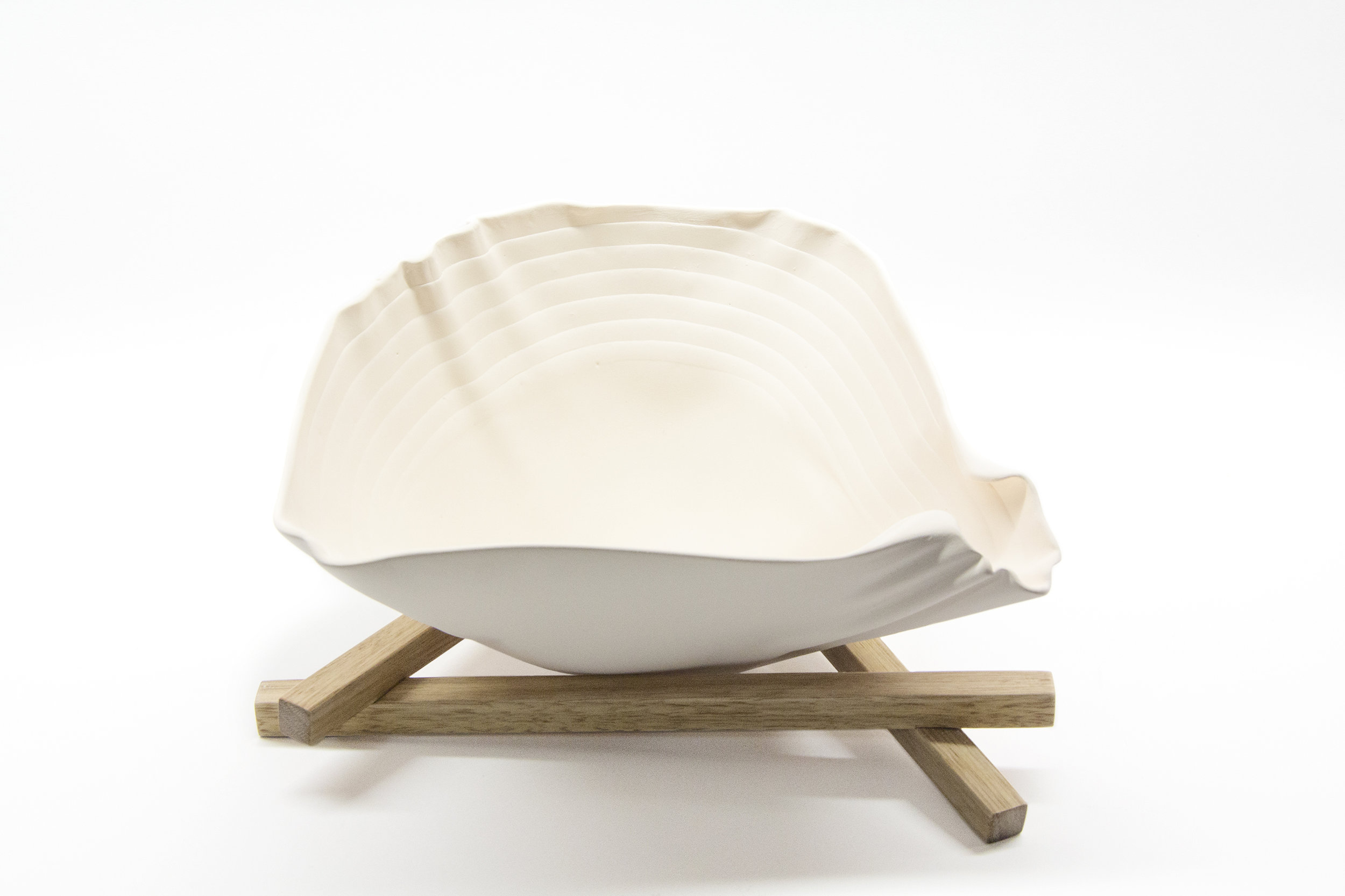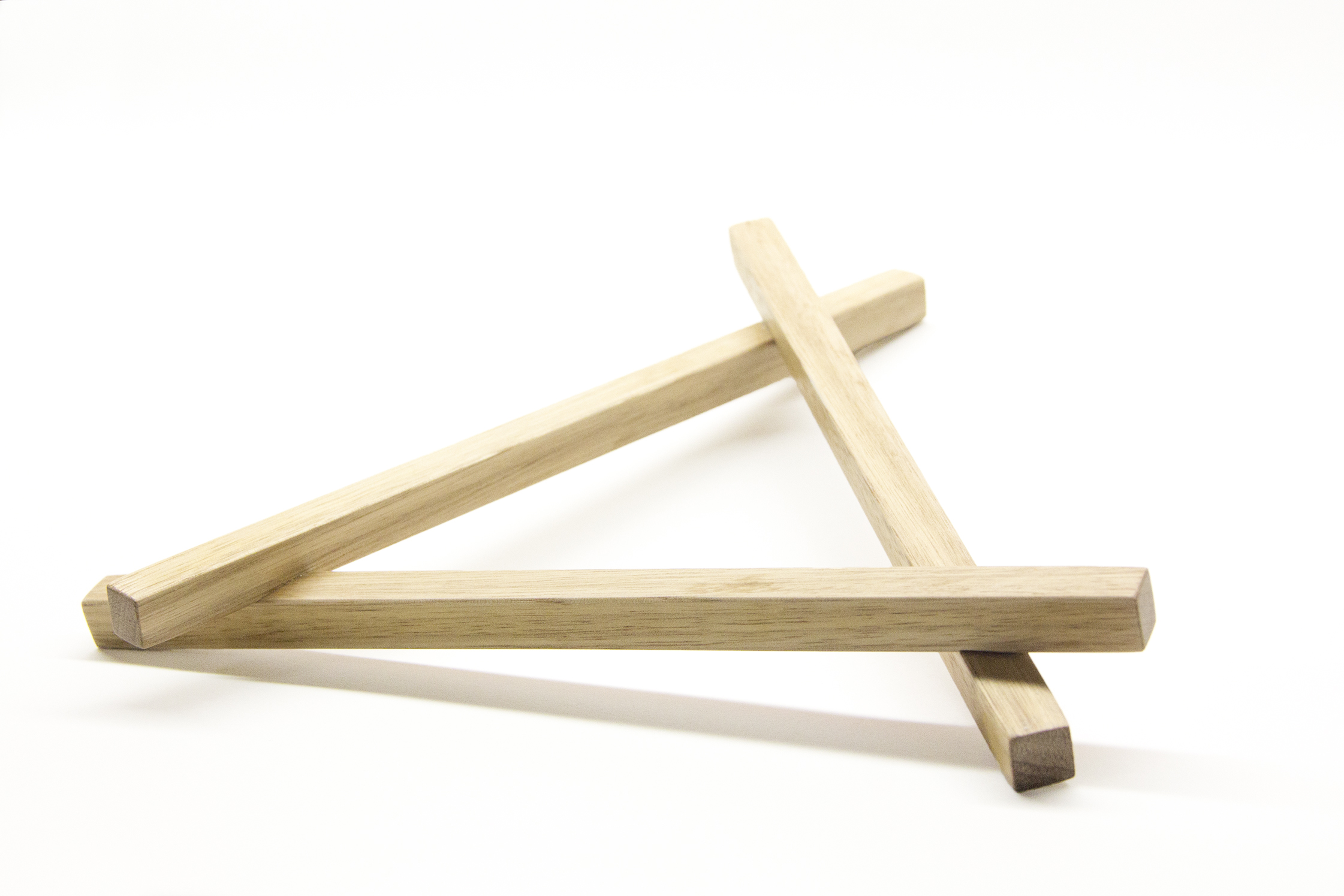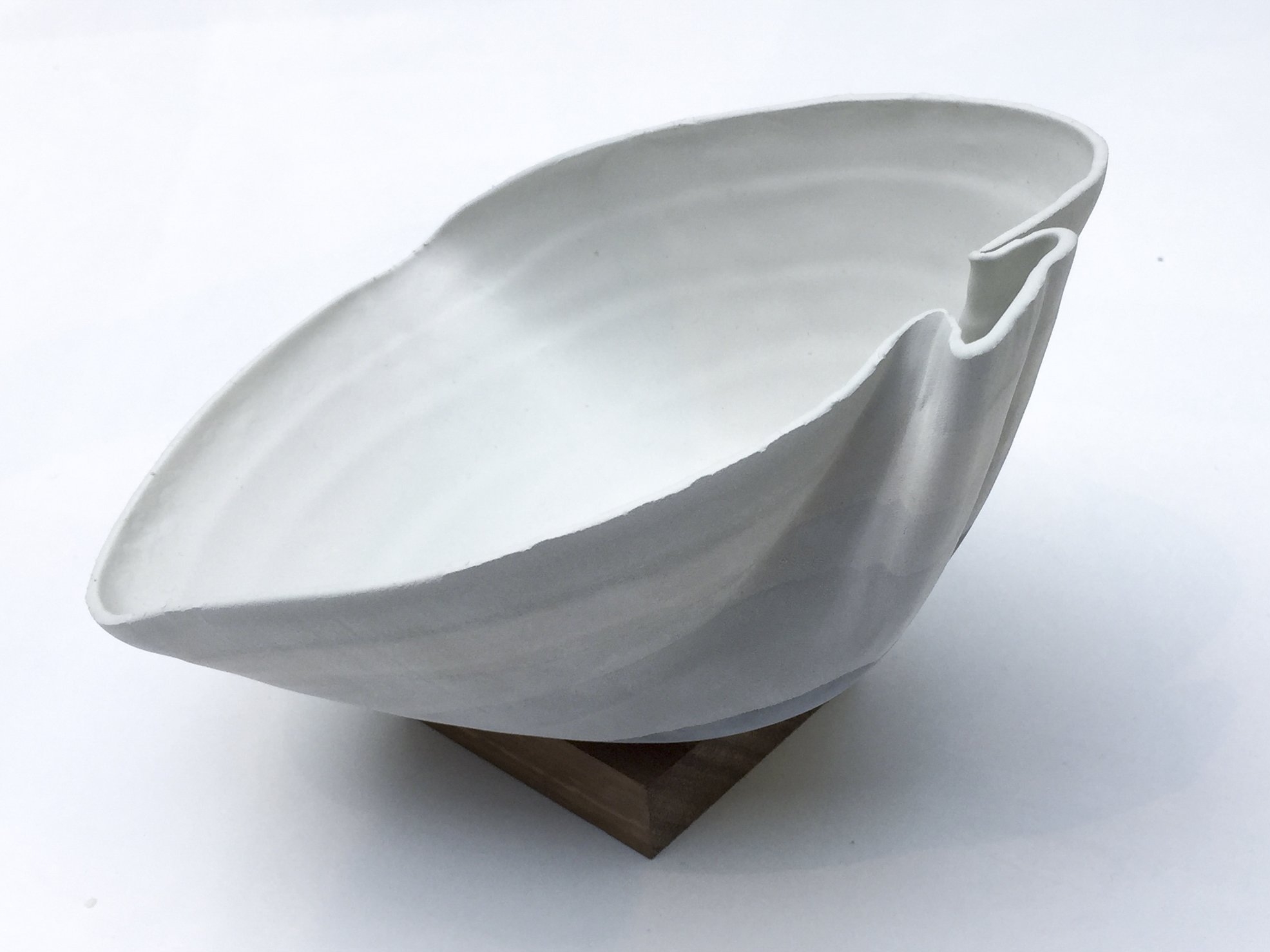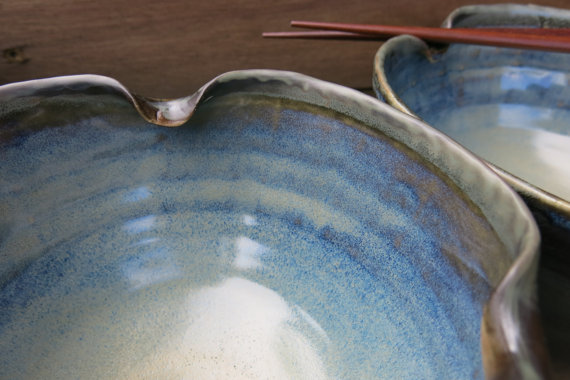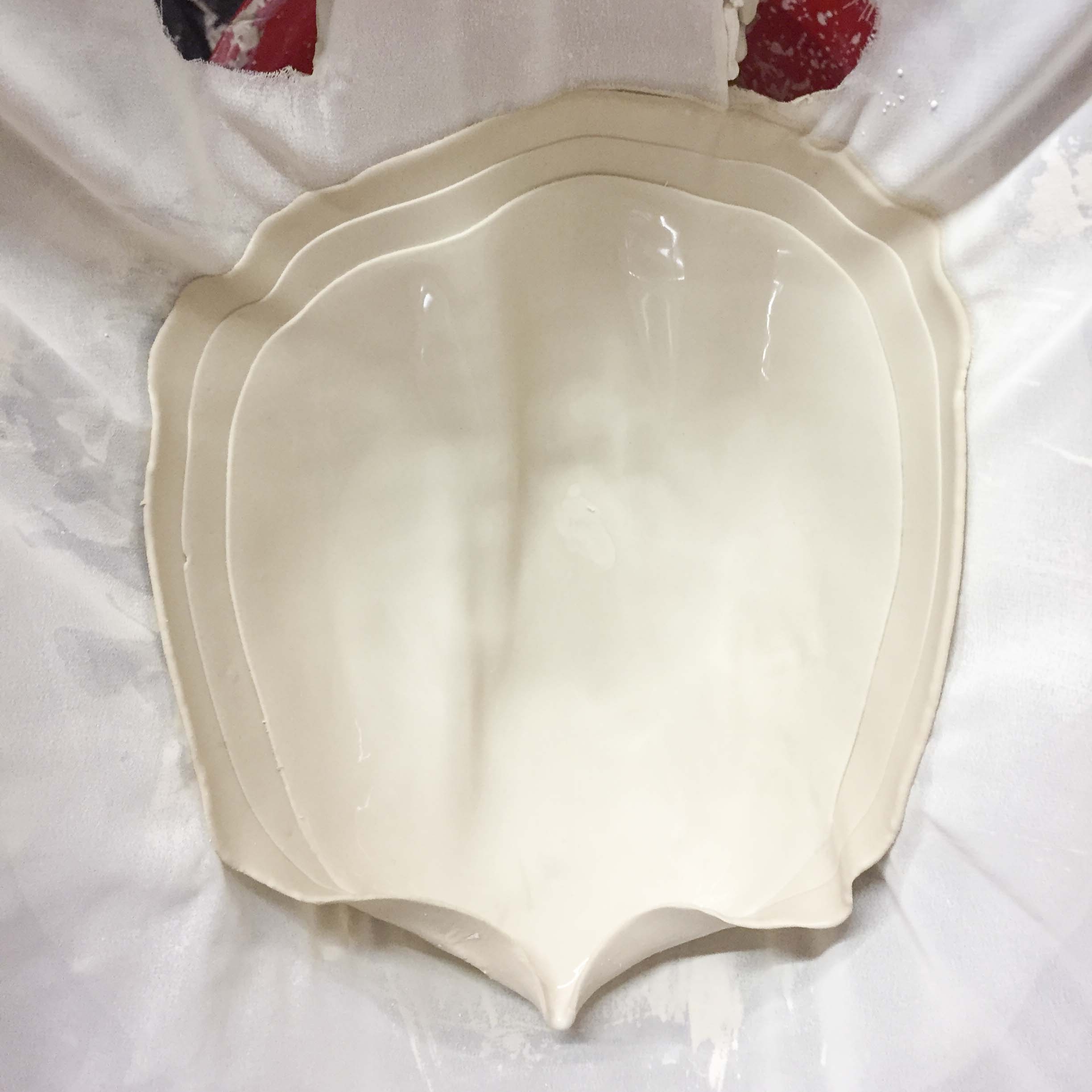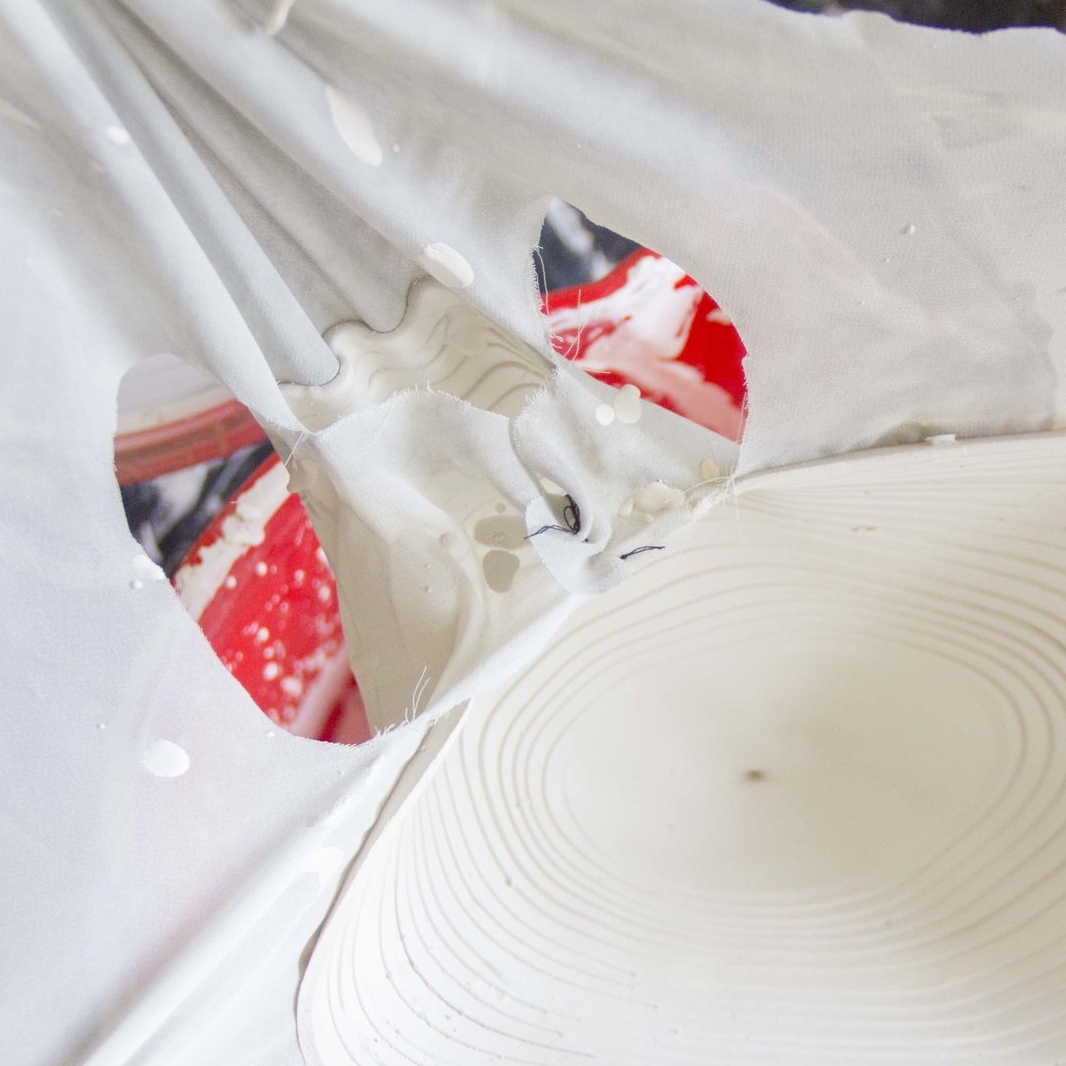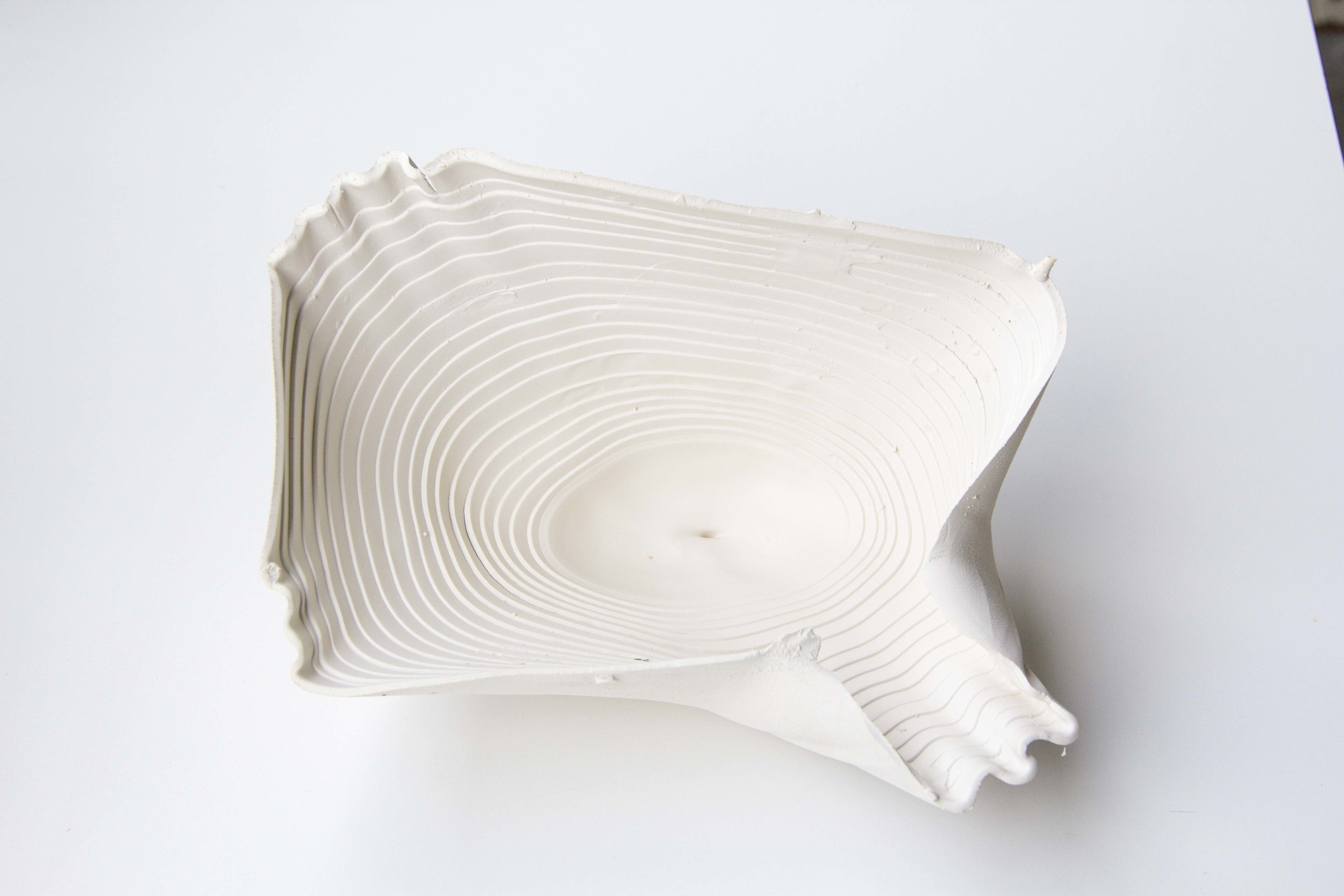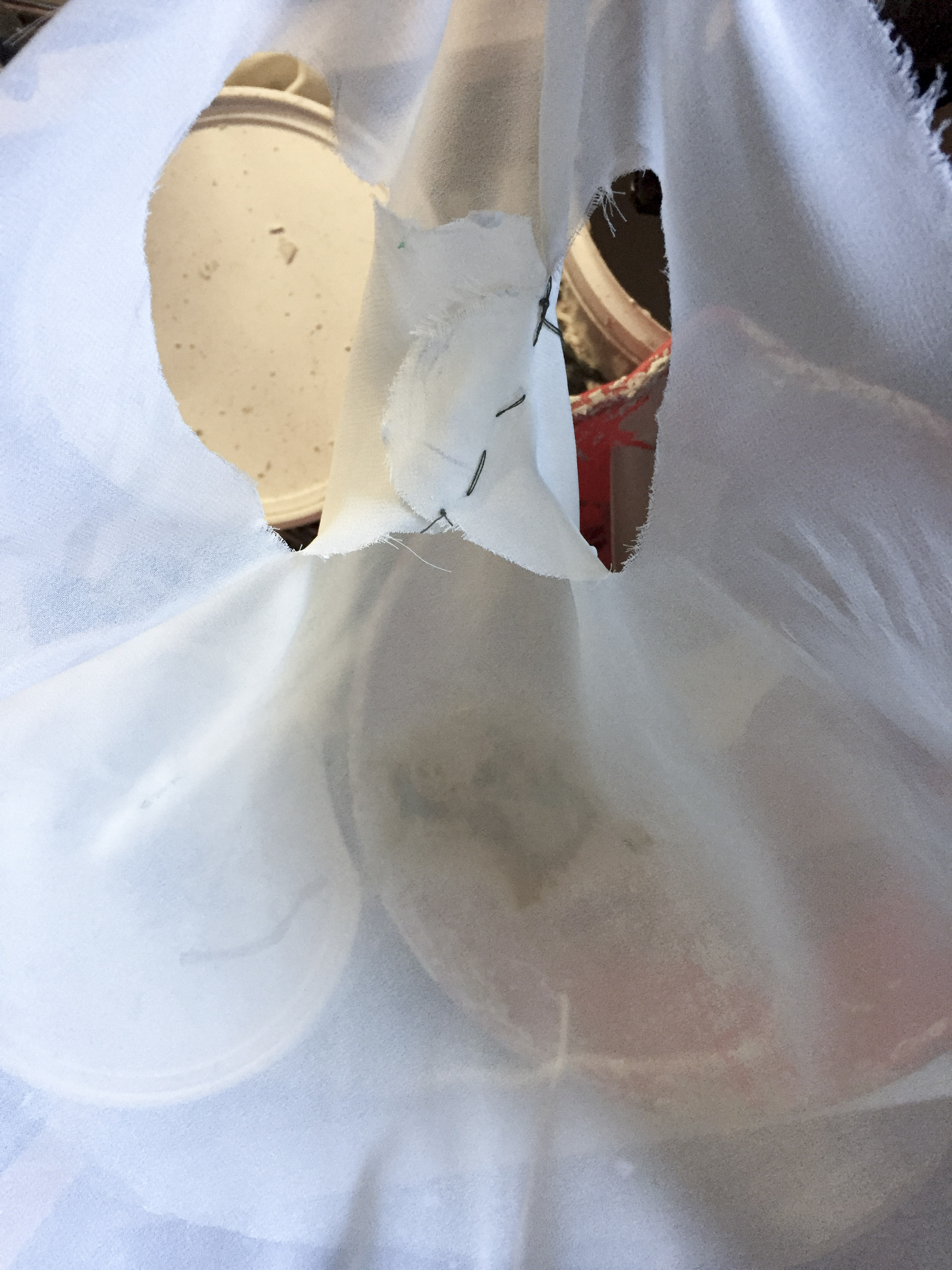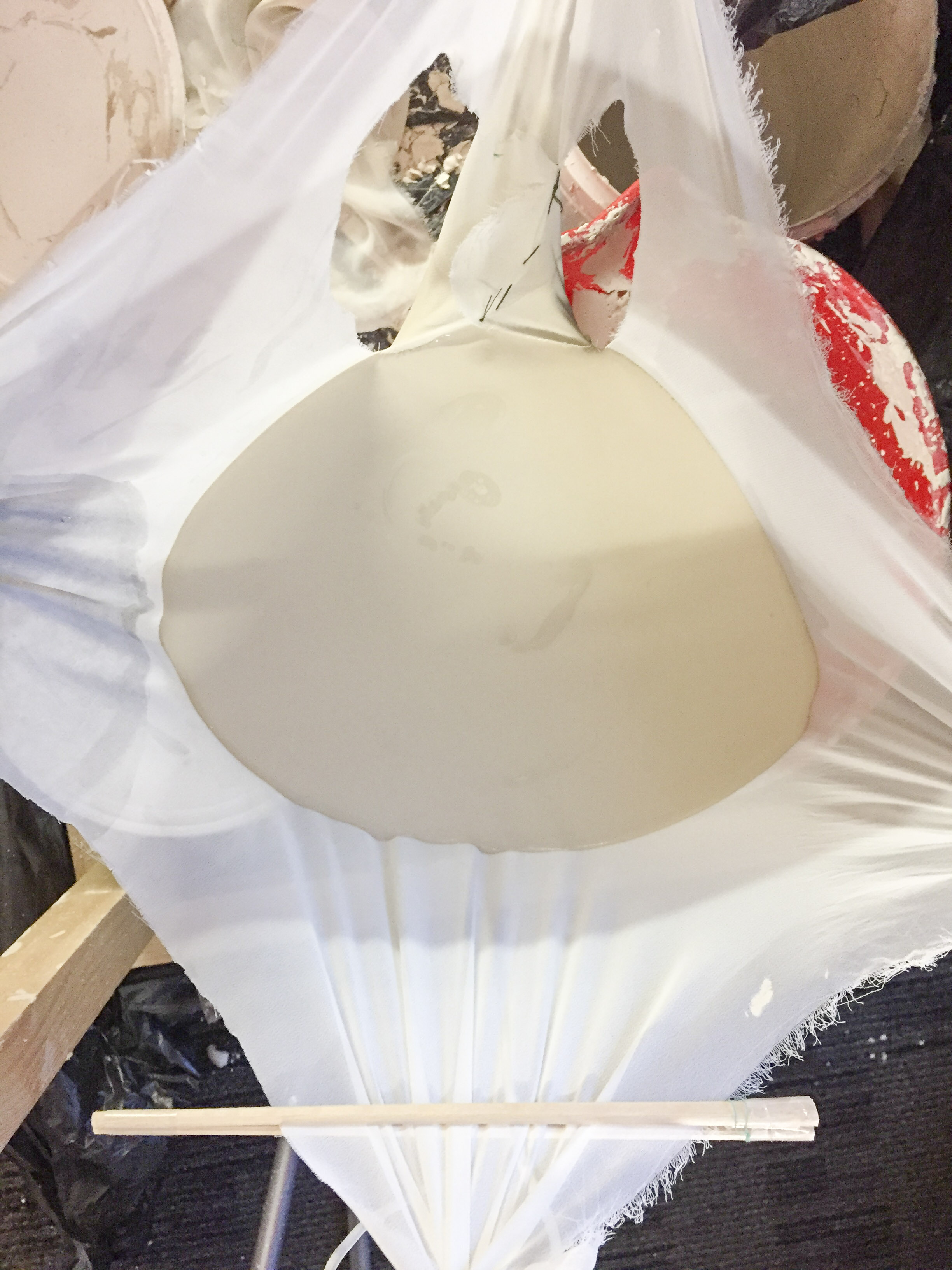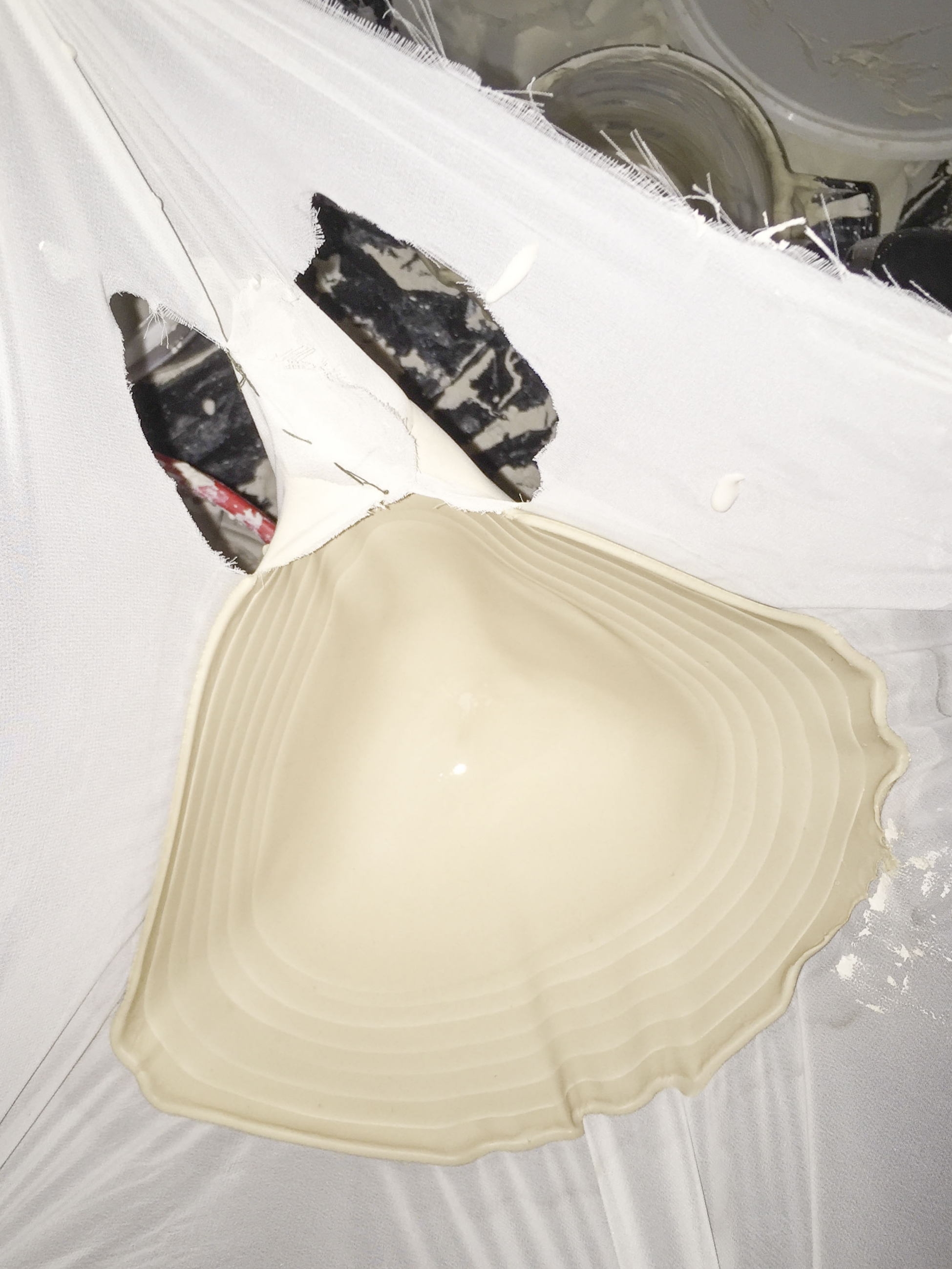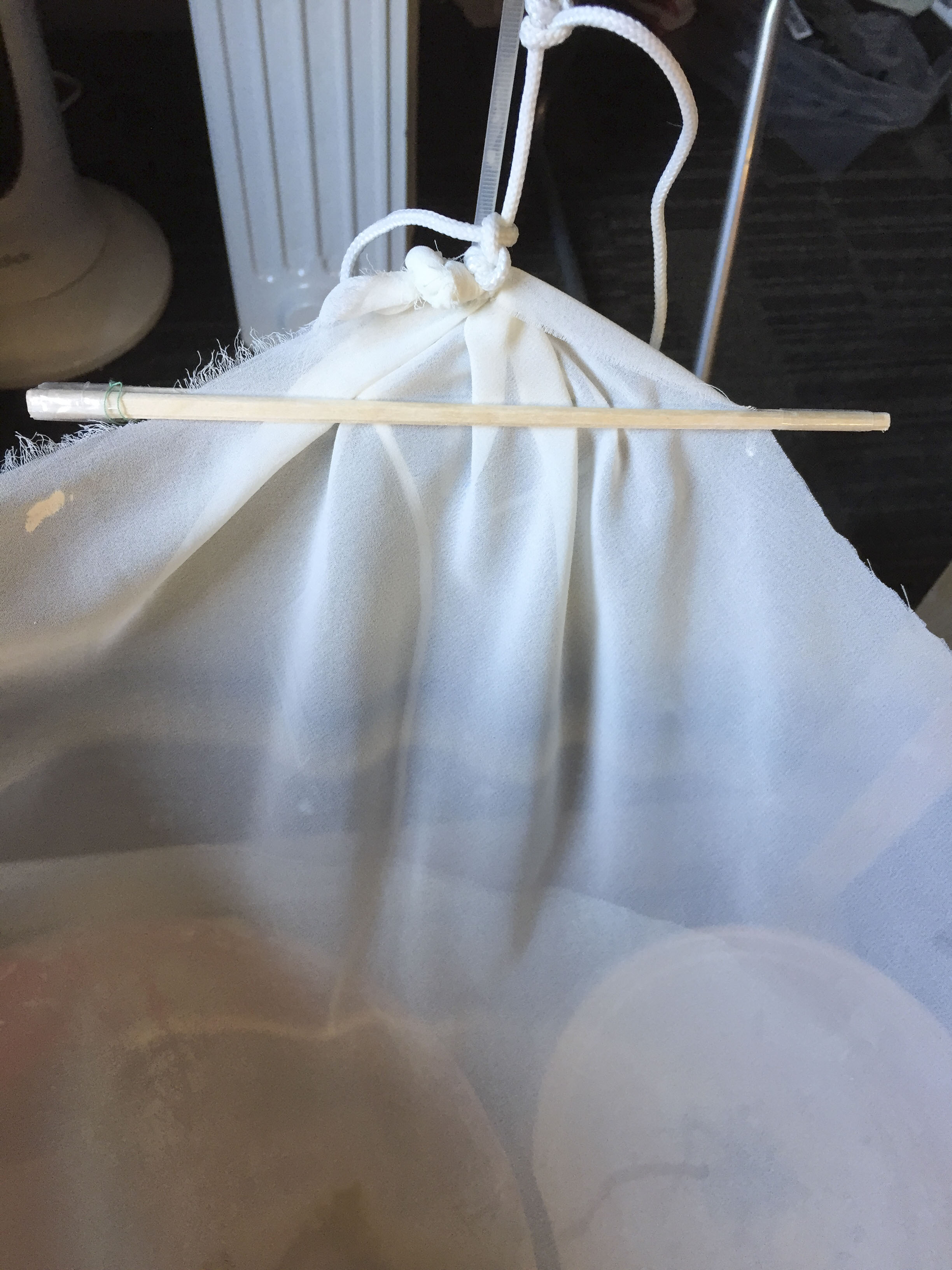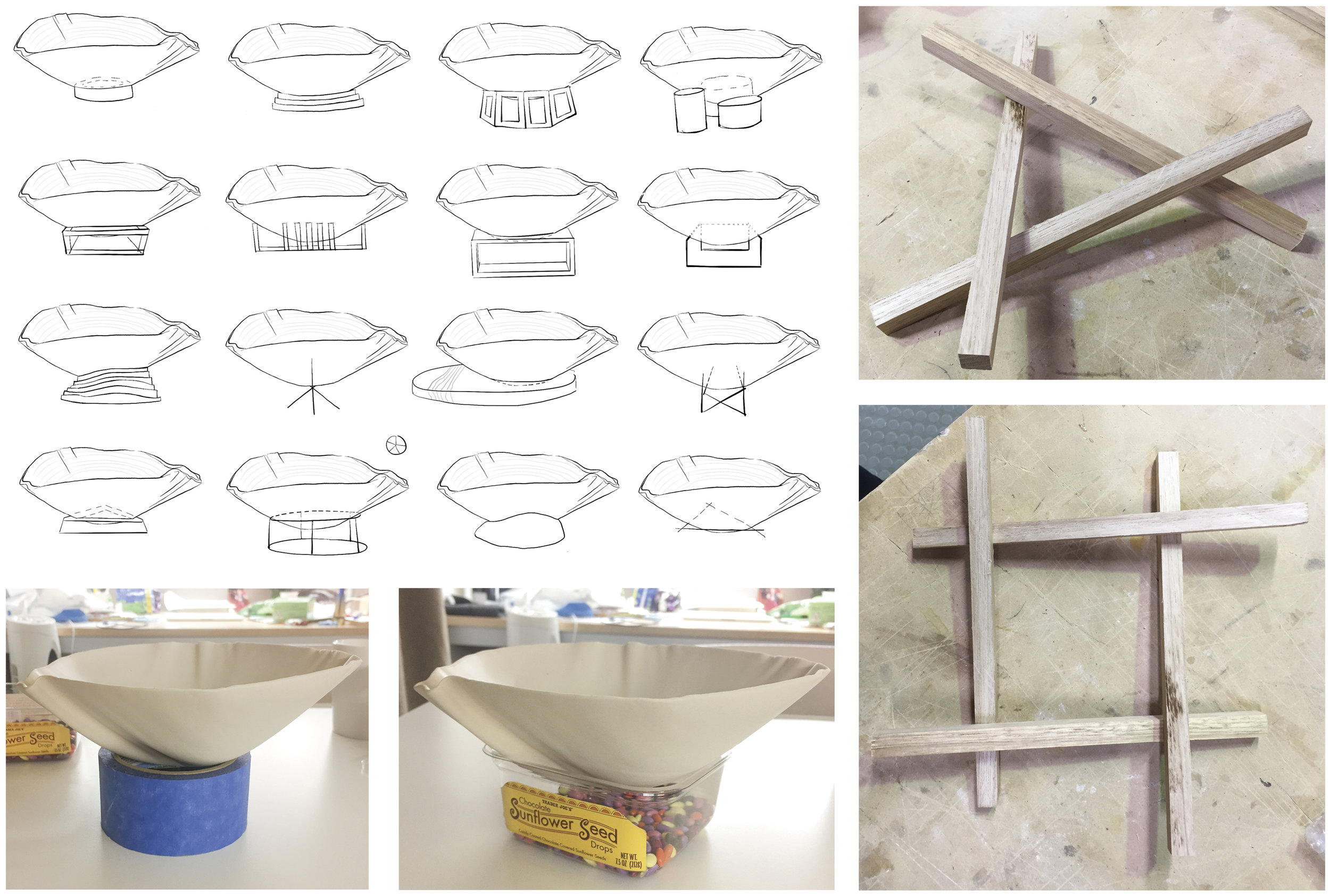The Unity Bowl is a ceramic bowl whose softly folded rim acts as a chopstick holder, highlighting the chopsticks—utensils that are often overlooked—while also unifying the rice bowl, soup bowl, and chopstick holder, which are all essentials in a Chinese place setting. Bringing these three objects and functions together in a single piece conveys Confucius’s teachings of harmonization.
The bowl has layers inside, reflecting Confucius’s teachings on patience, perseverance, and discipline, all of which are required to make the bowl’s layers. When eating, diners can see their progress as each layer is revealed. The chopsticks and bowl stand are made of Tasmanian oak. This contrasting natural material makes the chopsticks stand out without overpowering the bowl. The grain speaks of nature, which embodies harmony and mimics the soft layers in the bowl.
Process
This project began with a collaboration between the Chilean design group Great Things to People (GT2P) and our industrial design studio class from the Royal Melbourne Institute of Technology (RMIT). GT2P shared their Catenary Pottery Printer technique with us. Once the structure was installed in the National Gallery of Victoria (NGV) we (the students), the GT2P designers, and additional guest designers spent two weeks performing the process in the NGV. For the second part of the project we were to come up with a product or artifact created using the GT2P process and incorporating another material into the design
Research and Inspiration
NGV Creation
The leaf-shaped bowl with the squared spout that I made while working at the NGV gave me the idea to make a soup bowl with a spout that would also be a chopstick holder.
Chopstick History
Chopsticks became popular, in part, through the influence of the Chinese philosopher Confucius. A vegetarian, he believed that having sharp cutlery would evoke violence and war, which went against the contented mood he thought people should experience during meals. Long, blunt-ended chopsticks were a practical solution.
Form
Chinese tableware always includes a bowl for soup and a bowl for rice. Inspired by Confucius' teachings on harmonization, I wanted to design a ceramic bowl for the Chinese dinner table that could be used for rice or soup and would hold chopsticks, highlighting these often-overlooked utensils that have such a rich history.
Ideation
In order to showcase the chopsticks I chose to have them rest on top of the bowl using folds in the rim.
Confucius' teachings on harmonization and patience informed my decisions to use a different material for the base and add textured layers inside the bowl.
Tests
First I tried making the folds by waiting for the first layer to dry, enough that it was malleable but not so wet that it would fall in. With that process, the folds were not big enough and did not bend in the right place. Also, when I started adding layers the folds got too wet to hold their shape.
After going through a series of failures, I made molds for the folds by cutting tabs into the sling and sewing them together. I started building up layers, waiting about 15 minutes for each to set, and leaving about an hour drying time between layers. The tabs finally held their shape and were a great size for balancing chopsticks.
While I finally figured out the tab technique, I noticed two new problems. Having the folds in the corner made the chopsticks point diagonally, which did not follow proper chopstick etiquette. Turning the bowl in a way that positioned chopsticks correctly would make eating awkward. Also, even though I was happy with how the layers looked, I worried that they would make it hard for the user to clean and eat out of the bowl. I decided that my final form would have less time per layer and would move away from a rectangular shape.
Form Development
Bowl
In my final attempt, I cut a new sling, carefully tied it to the frame, triple checked the tab cuts, added two chopsticks taped together to even out the wrinkles, and poured. Each pour was ten minutes with a 40 minute drying time in between. This time it worked.
Stand
To convey Confucius’ teachings on balance and harmony between humans and nature, I wanted my bowl to have a stand instead of an attached base. This is also why I decided not to stain the Tasmanian Oak. Instead, I applied a natural, food safe oil.
I decided on a triangular base with three pieces of timber overlapping each other. Since I was using the same timber for the chopsticks and the pieces were similar in length, the base complimented the chopsticks when they were rested on top of the bowl without taking attention away from the bowl itself.
Chopsticks
The chopsticks were inspired by the traditional Chinese chopsticks which have blunt ends. All of the edges were rounded and soft to the touch. They are 8.82in (224mm) long.

